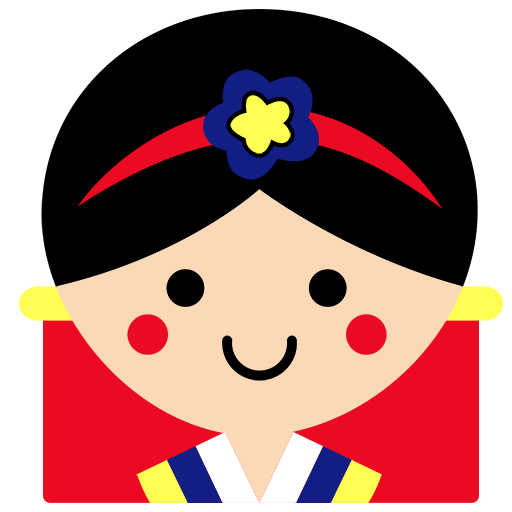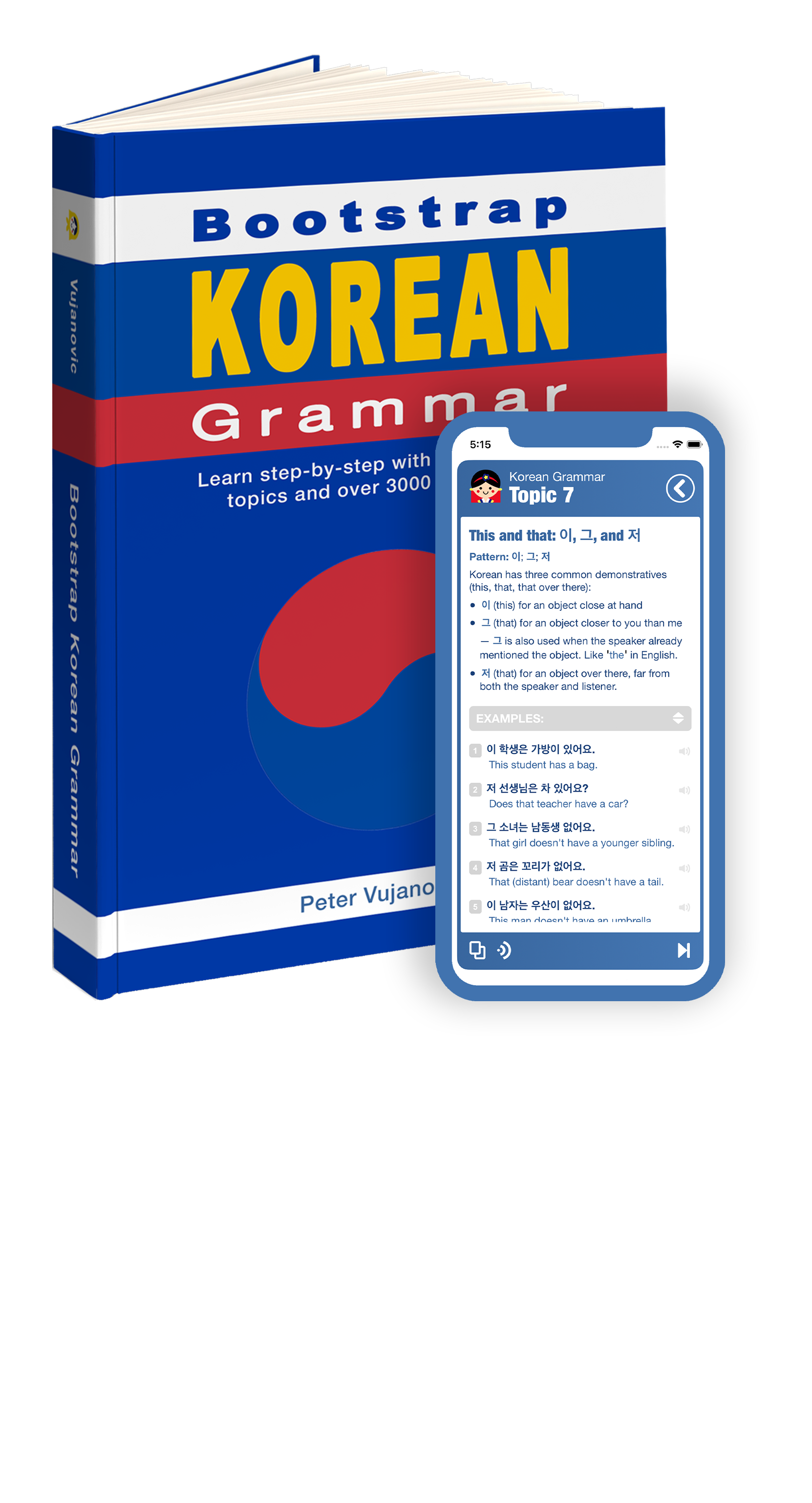Korean grammar - If, when, whenever - (으)면 |
|||
|
|||
Pattern: Verb stem + (으)면 The pattern Verb stem + (으)면 is used to indicate that one action occurs 'when/if' another action occurs. It can mean a specific instance of events or more generally (whenever) Whether this means 'if', 'when' or 'whenever' is inferred from the context. |
| Examples: | |
|
학교에 가면 알려 주세요.
When/if (you) go to school, let (me) know. |
|
|
그 사람을 만나면 안부 전해주세요.
If (you) see him, please give (him) (my) regards.
|
|
|
그 사람 소식을 들으면 알려줄게요.
If (I) hear of him, (I) will let you know. |
|
|
취직하면 한턱낼 거예요.
If (I) get the job, (I) will treat you. |
|
|
돈을 많이 벌면 무엇을 하고 싶어요?
If (you) earn a lot of money, what do (you) want to do? |
|
|
저는 돈을 많이 벌면 유럽 여행을 하고 싶어요.
If I earn a lot of money, I want to travel to Europe. |
|
|
질문이 있으면 언제든지 물어보세요.
If (you) have a question, ask (me) anytime. |
|
|
돈 있으면 좀 빌려줄래?
If (you) have any money, can (you) lend (me) some? |
|
|
수업이 일찍 끝나면 뭐 할 거예요?
If the class finishes early, what are (you) going to do? |
|
|
학생이면 학생증을 보여 주세요.
If (you) are a student, please show (me) (your) student ID. |
|
|
저는 고기를 많이 먹으면 배가 아파요.
Whenever I eat too much meat, (my) stomach hurts. |
|
|
저는 술을 마시면 얼굴이 빨개져요.
Whenever I drink alcohol, (my) face turns red. |
|
|
피자를 먹으면 저는 콜라를 마셔요
Whenever (I) eat pizza, I drink Coke. |
|
 |
|



